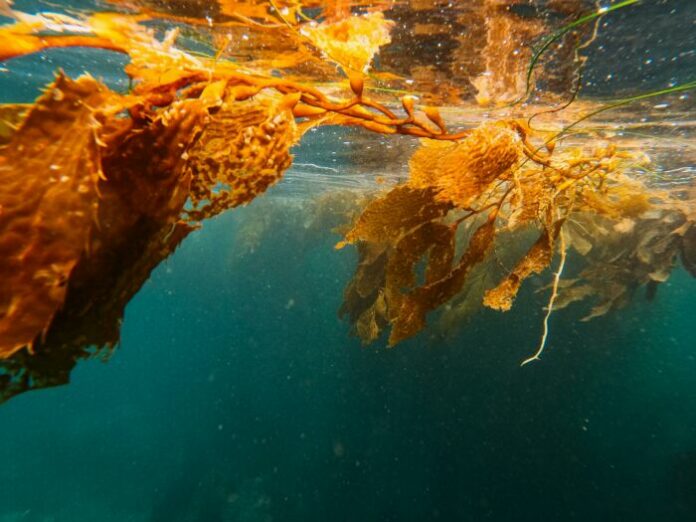
Researchers from the Institute of Applied Sciences and Intelligent Systems ‘Eduardo Caianiello’ of the National Research Council (CNR-Isasi), in collaboration with the Anton Dohrn Zoological Station in Naples (Szn), have developed an optical test for the detection of the copper dose dispersed in water samples isolated from the Sarno river in Campania, the results of which have been published in the journal Scientific Reports.
The optical method developed by the research team is a functional one, because it does not merely identify the presence of the metal but is able to quantify its effects on the diatoms, the microalgae that have been used as biosensors, present in both fresh and salt water. An innovative microscopy technique known as Fourier Ptychography was used to achieve this result. Using an LED light source, it is able to map thousands of microalgae in a single image with sub-micrometric resolution. “In order to properly examine the images produced, which present information at different scales of magnification, we have for the first time used elements of fractal geometry, a mathematical model that effectively describes the complexity of natural objects and is well suited to the analysis of these images. We have thus noted that even low doses of copper (starting from 5 micromolar) can induce stress in diatoms, changing their shape, while high doses can cause their cytoplasm to leak out and lead to their death,’ explains Vittorio Bianco, CNR-Isasi’s principal investigator and author of the research.

The presence of large concentrations of heavy metals (copper is one of the most widespread) is usually an indicator of anthropogenic impact, especially in highly urbanised and industrialised areas, where these metals can flow into aquatic environments. The accumulation of these metals in microalgae is a serious problem due to the possible transfer to organisms that feed on them and also to humans via the food chain. “In order to identify effective and large-scale bioremediation strategies, it is important to know the ability of living species to remove pollutants, but also the toxic effects that these pollutants can have on them in relation to the quantities taken up. For example, copper is an essential chemical for the growth of microalgae, but it can be highly harmful in high doses,’ specifies Angela Sardo, Szn technologist.
“In the future, this test can also be used to rapidly assess heavy metal pollution levels in marine areas where, for example, deep mining activities are carried out, or in highly industrialised aquatic areas,” concludes Pietro Ferraro, research manager at CNR-Isasi and co-author of the research.



































